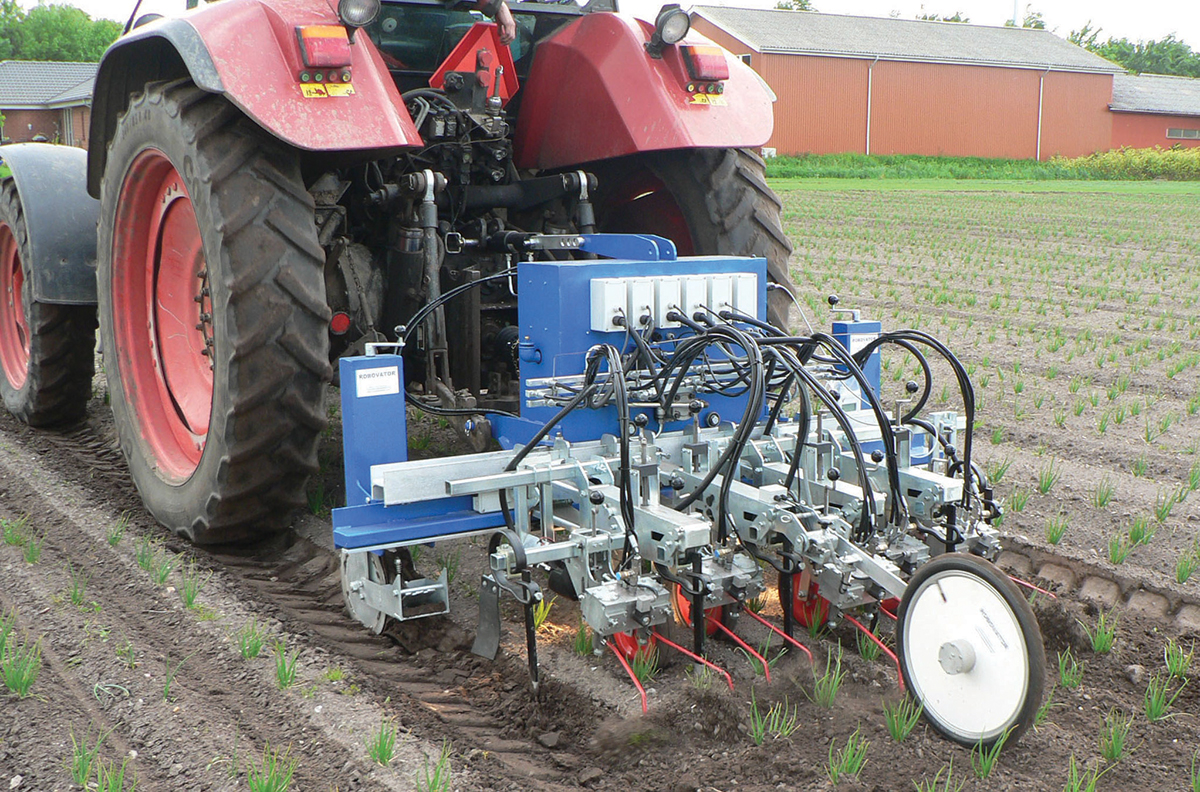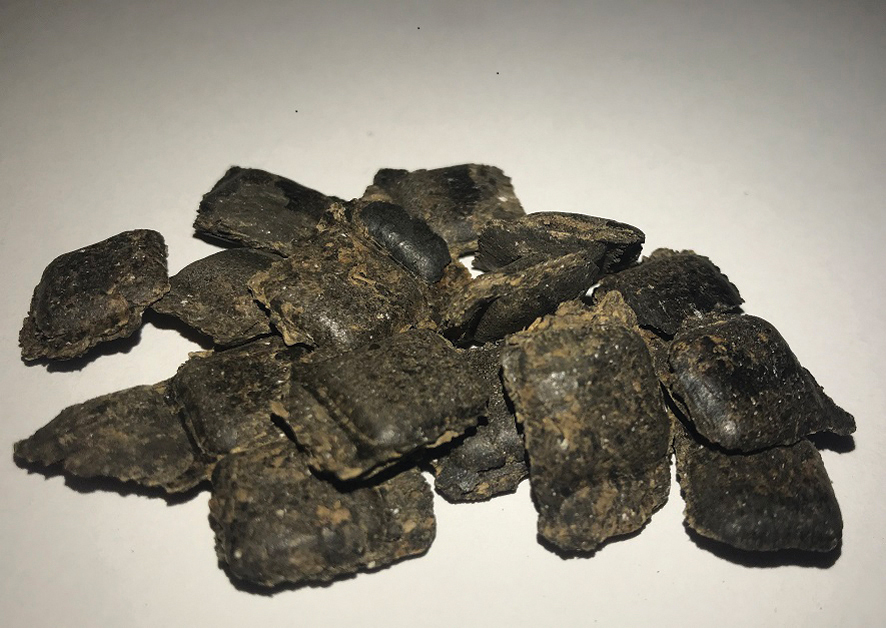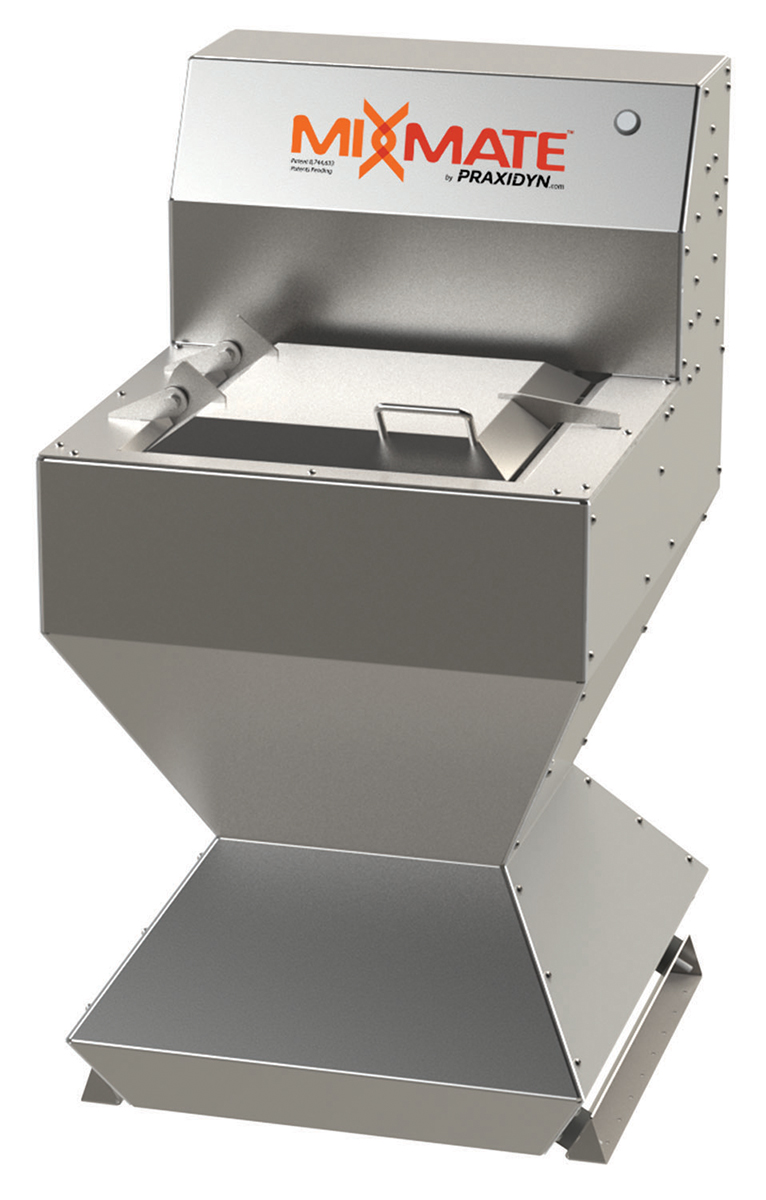

Many Americans’ only view of production agriculture is through the windshield of their car. Gazing over a field, they see a tractor in the distance. Whether it is a modern tractor or one from the 1970s is irrelevant; even the older tractors can house an impressive variety of technology. Older models may be equipped with a GPS and retrofitted with a self-steering system — a quick Internet search reveals 15-year-old articles discussing this technology. As in the auto industry, fully autonomous equipment is being developed. Fully dedicated to field work, future tractors may not even be equipped with a cab.
Our farmer may also be pulling a planter, a mechanized implement to place seeds in the ground at a certain spacing, to a certain depth and with a precise application of nutrients. Technology has taken that one step further and these parameters may be preselected to vary throughout different sections of the field. In more productive areas, an increased seeding rate would have a better payback than in an area of poorer soil. For corn, combined seed and fertilizer costs exceed $100 per acre, so precision planting is a big priority, especially when multiplied by the hundreds or even thousands of acres most farmers manage.
The same cost-saving decisions that are made at planting can also be extended throughout the growing season. For fields that are irrigated, technology is allowing precision placement of water resources based on soil types and other information. All these decisions are made using increasing amounts of data that are available to today’s grower, including yield maps that can be generated during crop harvest. Knowing how much grain was removed from a section of a field helps in determining strategies for improvement.

The tractor, truck or combine cab is increasingly connected through technology. A smart device can provide many, many useful tools beyond monitoring commodity prices and communicating with family and workers. It allows the farmer to remotely monitor the environment of controlled atmosphere crop storage miles away. Theft-alert options are also available that make it possible to monitor widely dispersed equipment. And inventive minds are always looking for ways to make basic, unpleasant tasks easier: I saw an app at a recent trade show that allowed remote opening of an auger access hatch atop a grain bin, eliminating a strenuous and possibly dangerous climb to the top of the bin. Simple but very effective, especially considering the average American farmer is around 58 years old.
Another important part of agriculture is labor. Large machines make a single operator much more effective; however, agriculture is a vast industry, and many sectors still require extensive labor. Securing enough seasonal labor to conduct harvest work has always been a challenge, but the need has increased in recent years and is not expected to improve anytime soon. Given the current labor constraints, and cost, additional mechanization technology is in high demand. For example, mechanical weeding and harvesting of vegetable and fruit crops has huge labor-saving potential. The use of such equipment also often reduces the drudgery of this repetitive work and the expertise required provides operators opportunity for increased earnings.
Another area where technology has made big productivity improvements is dairy production. Milking cows is hard work with demanding schedules. Cows need attention every day of the year, two or three times a day. Dairies often have hundreds, and some even thousands, of productive milk cows. This repetitive work is increasingly looking to technological solutions to track each individual animal, automate the milking process, collect data on the animal and process manure in an environmentally responsible way.

Technology can also assist with the resultant waste stream from a dairy. On average, a mature dairy cow produces more than one hundred pounds a day of solid and liquid waste. Given the large number of cows on many dairies, this can be a challenge. Manure is a source of crop nutrients, but as with many things in life you can have too much of a good thing (and possibly have odor issues). Again, technology can lend a helping hand. Anaerobic digesters contain the manure and help control odors. When the manure is mixed with other wastes, gas rich in methane is generated. Methane is the primary ingredient in natural gas, and can be used as a fuel. The primary uses of this homegrown fuel have been for heating and for running stationary engines for power generation. Some methods are in use to create pipeline-ready natural gas from this fuel. Recently, I have seen more interest in using this “biogas” to fuel future generations of tractors, which would allow farmers to turn their agricultural waste into on-farm fuel.
And the story doesn’t end there. In addition to reducing odor and providing fuel, on-farm biogas production also results in digestate, leftovers that retain nutrients, which can be returned to the field as fertilizer. Methane is a potent greenhouse gas, but using or even flaring excess methane greatly reduces its impact. These digester systems are found across the U.S., with high interest in California, where legislation promotes the technology to reduce methane emissions.
These are just a few examples of the technology advancements that have made farming safer, more efficient, more environmentally sustainable and more economically stable. One of the most interesting technologies now emerging is blockchain, which will have numerous applications, including product data and traceability.
To learn about other leading-edge technologies, see this year’s list of AE50 award winners. The American Society of Agricultural and Biological Engineers presents these awards annually, to highlight achievements across the spectrum of agricultural equipment and technologies, from field equipment, to irrigation, to grain handling and beyond.
Next time you spy a tractor working its way across a field, let it be a reminder of the progress that continues to be made in agricultural technology. There’s a good chance that tractor is leading, not lagging behind, technological progress. T&ID

